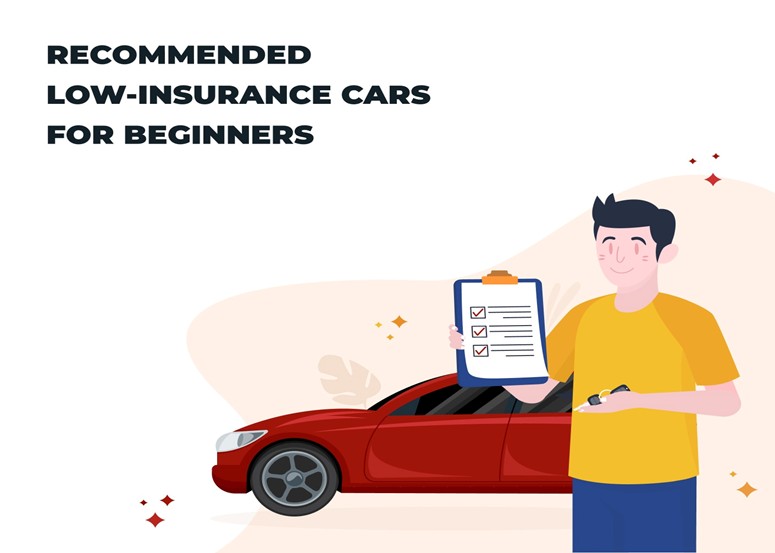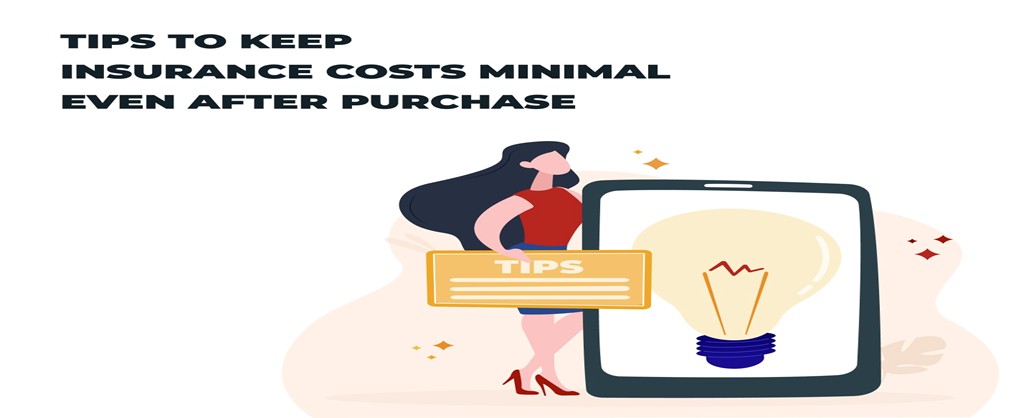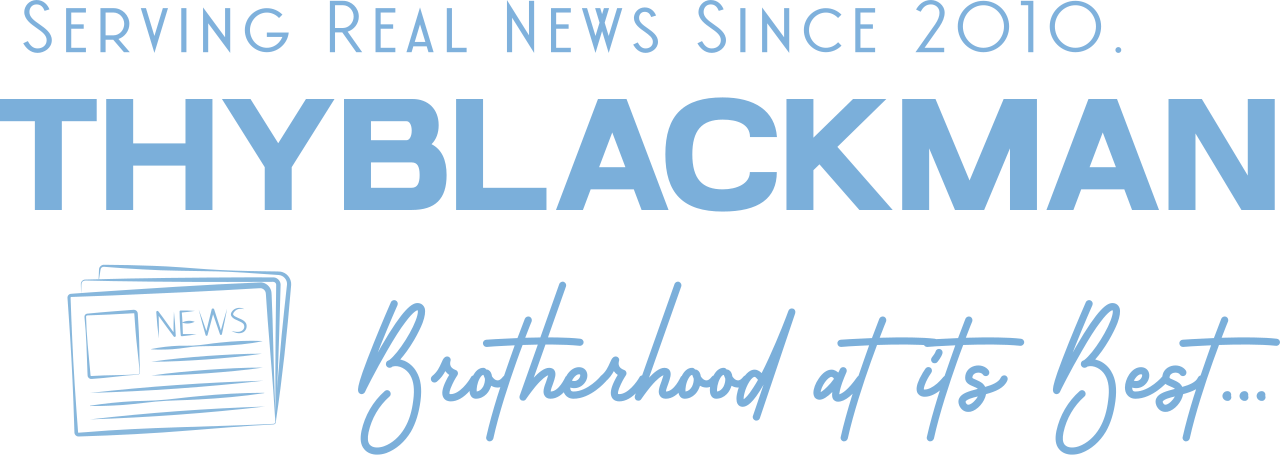(ThyBlackMan.com) When you’re just starting out behind the wheel, one of your biggest monthly expenses (after fuel) is likely to be insurance. For new or inexperienced drivers, insurance premiums can feel punishingly high. That’s why choosing a car that’s inexpensive to insure is a smart move. Before browsing listings or auctions, make sure you perform an auction vin check so you don’t end up surprised by hidden damage or history.
In this article, we’ll cover:
- What makes a car “cheap to insure”
- Recommended models often available in the used-car marketplace
- Tips on buying at auctions and the importance of VIN reports
- Final thoughts and recommendations
What makes a car cheap to insure?
Insurers evaluate many factors when calculating your premium. Understanding how they think can help you pick a car that keeps your insurance costs down. Key factors include:
- Engine size and power output
Smaller engines (e.g. 1.0–1.6 L) and modest horsepower are safer bets. Cars with huge engines or sporty tuning tend to attract higher risk ratings because they are more likely to be used aggressively. - Vehicle safety features
Models with anti-lock brakes (ABS), electronic stability control (ESC), airbags, anti-theft systems, and good crash-test ratings will often get insurers’ discounts. - Repair costs and parts availability
Cars whose parts are inexpensive and easily available reduce repair costs for the insurer, which in turn lowers your premium. - Vehicle age and condition
Very new cars can cost more to insure due to high replacement value, while extremely old ones may lack safety features. A well-maintained mid-age car often offers the best balance. - Claim history / theft rates for that model
If a make/model is frequently stolen or has many insurance claims, its premiums go up. Choosing a model with low claims / theft rates helps. - Driver’s personal factors & usage
Your age, driving record, where you live (urban vs rural), and how many miles you drive annually—all of these influence rates. But you can’t always control those—so let the car selection work in your favor.
So, the ideal insurance-friendly car is modest, safe, low-power, common (so parts are cheap), and reputable for reliability.

Recommended low-insurance cars for beginners
Below are several car models that are frequently praised for affordability in insurance, reliability, and suitability for new drivers. Many of these are common on used-car markets and auctions.
Small / compact cars
- Honda Civic (older model years, e.g. 2012–2017)
A balanced choice with modest power, reliable maintenance, good safety pedigree, and wide parts availability. - Toyota Corolla (2009–2016 or similar range)
Legendary for reliability and low total cost of ownership. It’s often among the cheapest cars to insure. - Mazda3 (older versions)
Stylish but not overpowered; tends to have a good safety record and moderate insurance costs. - Hyundai Elantra / Accent
Affordable spare parts and moderate repair costs make Hyundai’s smaller models appealing. - Ford Fiesta / Focus (older models)
Common and easy to maintain, with a broad aftermarket support network.
Small SUVs / crossovers with modest engines
- Subaru Impreza / Crosstrek (base trims)
All-wheel drive (in some markets) helps traction, but keep to the lower-power trims to avoid insurance jumps. - Honda HR-V / CR-V (lower trim / older years)
Compact crossovers often get acceptable insurance if the power is moderate. - Toyota RAV4 (early or older models)
Though SUVs often cost more, earlier RAV4s with smaller engines can still fall into reasonable insurance brackets.
Sedans / midsize (cautious choices)
- Toyota Camry (base models, older)
Reliable reputation helps insurers trust the car not to cause costly claims. - Honda Accord (lower-power trims in older years)
Good safety, parts availability, and resale value. - Volkswagen Jetta / Passat (base engines, moderate years)
If not overpowered or loaded with risky options, these can be manageable.
A tip: look for “L”, “SE”, “LX”, or base trims—avoid “Sport,” “GT,” “Turbo,” or any performance packages, as they typically drive up insurance.
These models are commonly sold in used-car auctions like Copart, IAAI, or local salvage auctions. When shopping there, always pair your bid strategy with auction vin check to make sure you know what you’re getting into.
Buying at auctions & importance of a VIN report
Auctions can offer great deals—but they also carry risks. Many cars on auction lots have been in accidents, flood-damaged, salvaged, or have hidden mechanical issues. That’s why VIN transparency is essential.
Why use auction vin check
- To reveal accident and theft history
You learn if the car was ever declared a total loss, had major frame damage, or was stolen. - To check flood / water damage / hail events
These can cause long-term corrosion or electrical issues. - To confirm title branding
g. “salvage,” “rebuilt,” “flood,” or “branded” titles which affect value and insurability. - To look at service / maintenance history
Some VIN reports show logged repairs or maintenance events, helping spot red flags. - To see ownership history
Frequent transfers or periods of non-use may hint at trouble.
Before you place a bid, always obtain a VIN report from a reputable provider. Compare multiple sources if possible. Combine that with physical inspection (or a third-party inspection) so you know mechanical, body, or hidden issues.
Also, check whether the auction allows inspection or gives you “preview days” to look over suspension, engine, frame, fluids, electronics, etc. Bring a checklist or mechanic, if possible.
Don’t forget to estimate repair costs: if the VIN check hints at prior damage, get quotes for bodywork or engine repairs. The savings from a low auction price may be eaten alive by future repairs.

Tips to keep insurance costs minimal even after purchase
- Stick with the base trim and avoid aftermarket modifications (e.g. big wheels, sporty exhausts).
- Keep your mileage modest — lower annual mileage often reduces premiums.
- Bundle policies (e.g. auto + homeowner’s) for discounts.
- Maintain a clean driving record — avoid tickets or accidents that raise your premium.
- Install anti-theft devices — alarms, immobilizers, steering locks can reduce risk.
- Take defensive-driving courses — some insurers give discounts for completed safe-driving classes.
- Raise your deductible if your finances allow — higher deductibles lower your premium.
- Shop around every renewal — rates shift, so switching insurers might save money.
Final thoughts & conclusion
For new drivers, the cost of insurance is a key factor in choosing your first car. Go with modest, safe, well-known models with readily available parts and decent safety reputations. Brands like Honda, Toyota, Mazda, Hyundai, Ford, and Subaru often deliver this balance. Stick to base trims, avoid performance options, and treat your first car as a sensible, low-risk investment.
But even the most insurance-friendly car can become a regrettable purchase if you don’t do your homework. That’s where auction vin check becomes your shield against unpleasant surprises. Whether buying at Copart, IAAI, salvage auctions, or local used-car auctions, always secure a full VIN report and, if possible, a physical inspection before bidding. Combine that with consistent, safe driving, reasonable coverage choices, and prudent preventative measures—and you have a solid foundation to minimize insurance costs and maximize peace of mind.
Staff Writer; Roy Brown

















Leave a Reply